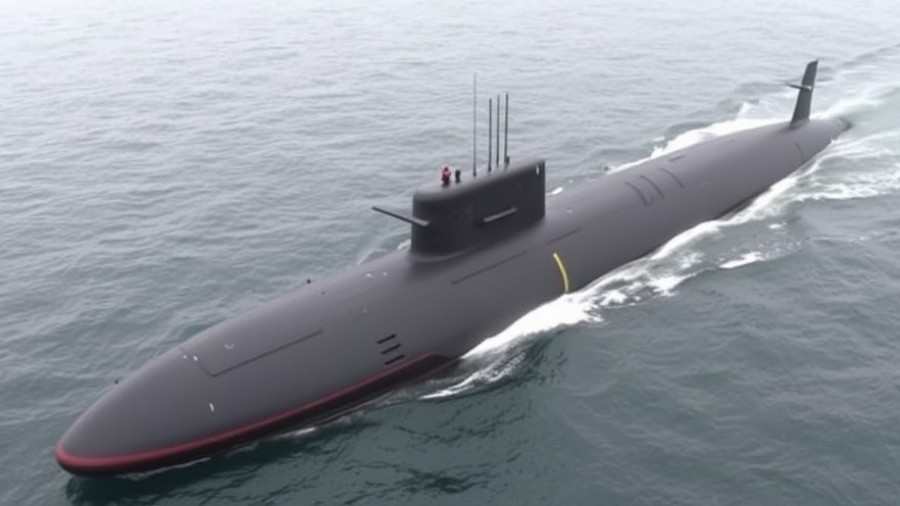
Australia’s Enhanced Commitment to Maritime Security in the Pacific
In a decisive move to strengthen regional security, the Australian government has announced a doubling of its financial support for the Pacific Maritime Security Program (PMSP). This enhancement aims to bolster aerial surveillance capabilities across 15 Pacific Island nations, establishing Australia as a pivotal security partner in the region. With concerns around maritime threats on the rise, the investment clearly reflects not only Australia's long-term dedication to fostering maritime collaborations but also a proactive response to emerging security challenges.
The Role of Aerial Surveillance in Maritime Security
The PMSP's focus includes providing crucial aerial surveillance through advanced technologies such as fixed-wing aircraft and unmanned aerial vehicles (UAVs). These assets play a vital role in monitoring vast ocean territories, especially for island nations that may struggle to patrol their extensive Exclusive Economic Zones (EEZs). The newly enhanced aerial surveillance program will aid these nations in countering illegal fishing, human trafficking, and other maritime crimes.
A Step Forward: The Enhanced Aerial Surveillance Program (EASP)
The recent announcement ties back to Australia’s 2022 commitment to increase funding for aerial surveillance starting in the fiscal year 2024-2025. The new Enhanced Aerial Surveillance Program (EASP) will not only improve aerial capabilities but also integrate satellite surveillance to leverage real-time data for smarter decision-making. This initiative is expected to significantly elevate the operational capacity of the Pacific Islands Forum Fisheries Agency (FFA), allowing member nations to safeguard their marine resources more effectively.
Background and Historical Context of PMSP Initiatives
Australia's commitment to the PMSP is not new; it has spanned over three decades with a series of initiatives aimed at maritime security. The program originally focused on training and capacity-building, and has gradually evolved to include modern surveillance technologies. The recent donation of the 21st Guardian-class patrol boat, Te Mataili III, reflects this ongoing commitment to not only enhance patrolling capabilities but also to bolster the overall readiness of Pacific nations against maritime threats.
Collaborative Efforts and Future Opportunities
The collaboration between Australia and Pacific island nations exemplifies how nations can work together to address shared security concerns. By sharing intelligence and resources, Australia aims to foster more robust regional partnerships, which can lead to a more stable and secure maritime environment. Moving forward, continued investment in technology and training is essential for sustaining these partnerships and addressing potential threats from both local and international actors.
The Implications of Enhanced Maritime Security
The implications of a strengthened PMSP go beyond mere surveillance capabilities. They signify Australia’s willingness to take responsibility for regional security and its role as a leader in the Pacific arena. By helping to secure the maritime domains of its Pacific partners, Australia is not only enhancing regional security but is also setting a precedent for cooperative governance in maritime affairs. The PMSP serves as a model that could be replicated in other regions facing similar security challenges.
Call to Action: Embrace Caribbean Maritime Initiatives
The focus on maritime security in the Pacific has broader implications for other regions, especially the Caribbean, facing similar challenges. Stakeholders and leaders in the Caribbean should take note of this model and consider adopting similar strategies for their local maritime security, emphasizing international cooperation and investment in technology.
 Add Row
Add Row  Add
Add 




Write A Comment